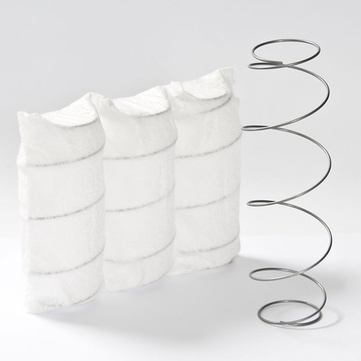At present, in the global market, China and India will become the largest markets. India’s non-woven market is not as good as China’s, but its demand potential is greater than that of China, with an average annual growth rate of 8-10%. As the GDP of China and India continues to grow, so will the level of people’s purchasing power. Different from India, China’s non-woven industry has developed rapidly in the past few years, and its total output has ranked first in the world. Emerging fields such as medical textiles, flame retardant, protective, special composite materials and other non-woven products also show a novel development trend. . China’s non-woven industry is now in a deep transition, with certain uncertainties. Some observers even believe that the annual growth rate of India’s nonwovens market can even reach 12-15%.
As the globalization, sustainability and innovation movements accelerate, the center of gravity of world economic integration will shift eastward. The market in Europe, America and Japan will gradually shrink. The world’s middle- and low-income groups will become the world’s largest consumer group, and the non-woven demand for agriculture and construction in the region will also explode, followed by non-woven products for hygiene and medical use. Therefore, the Asia-Pacific region and Europe, America and Japan will become polarized, the global middle class will rise again, and all manufacturers will target the middle and high-end groups. Due to the trend of profits, the products required by the middle class will be mass-produced. And high-tech products will be popular in high-income countries and will continue to sell well, and those with environmentally friendly features and innovative products will be popular.
The concept of sustainability has been proposed for more than ten years. The non-woven industry provides the world with a sustainable development direction, which not only improves people’s lives, but also protects the environment. Without this, the Asia-Pacific non-woven industry, which continues to develop rapidly, may be trapped in the scarcity of resources and the deterioration of the environment. For example, severe air pollution has occurred in many large cities in Asia. If companies do not follow certain industrial environmental rules, the results can be dire. The only way to solve this problem is through innovative and pioneering development technologies, such as the integrated application of biotechnology, nanotechnology, materials technology and information technology. If consumers and suppliers can form a synergy, enterprises take innovation as the driving force, directly affect the non-woven industry, improve human health, control pollution, reduce consumption and maintain the environment through non-woven, then a real new non-woven market will be formed. .
By Ivy
Post time: Aug-15-2022








